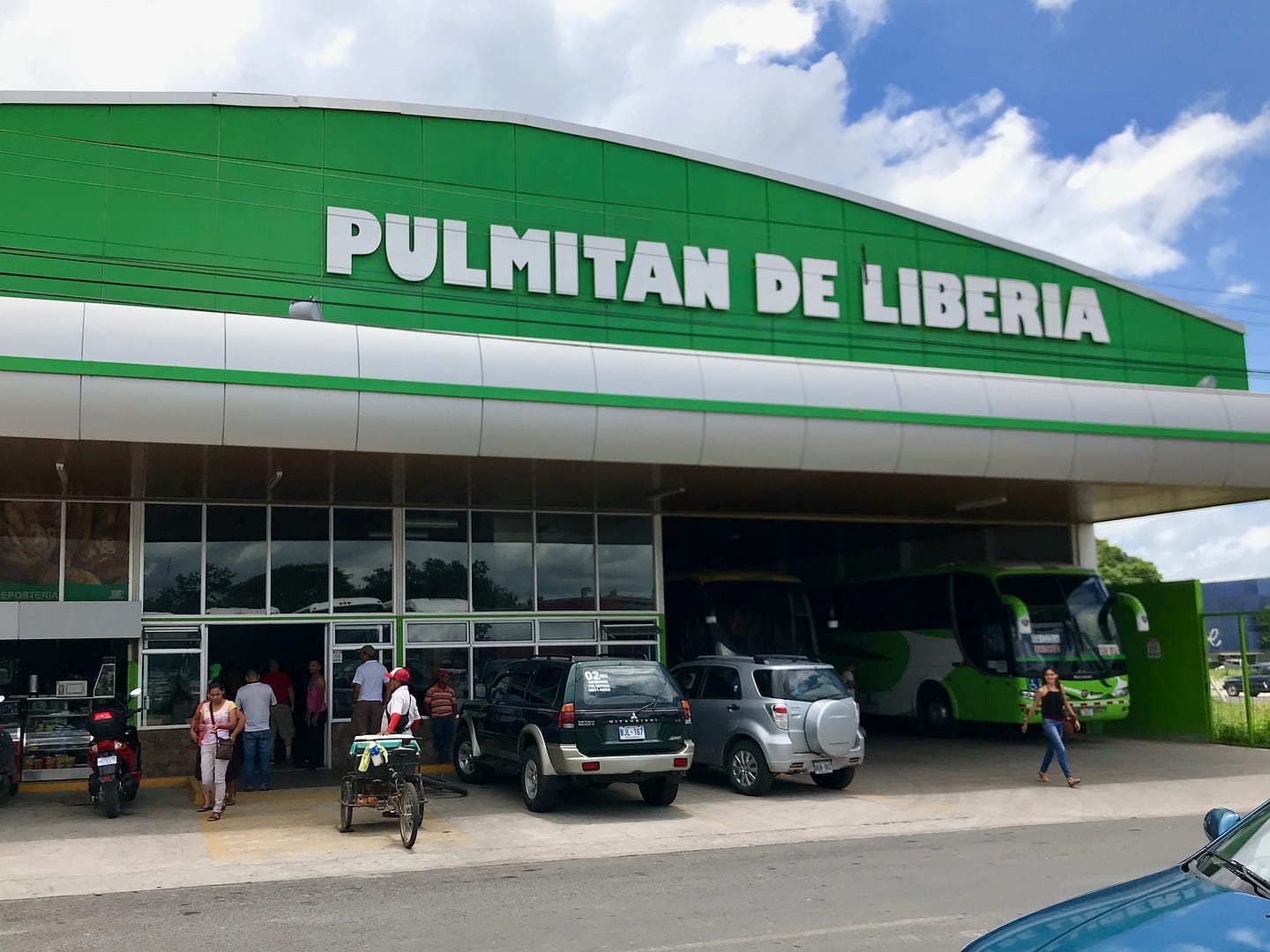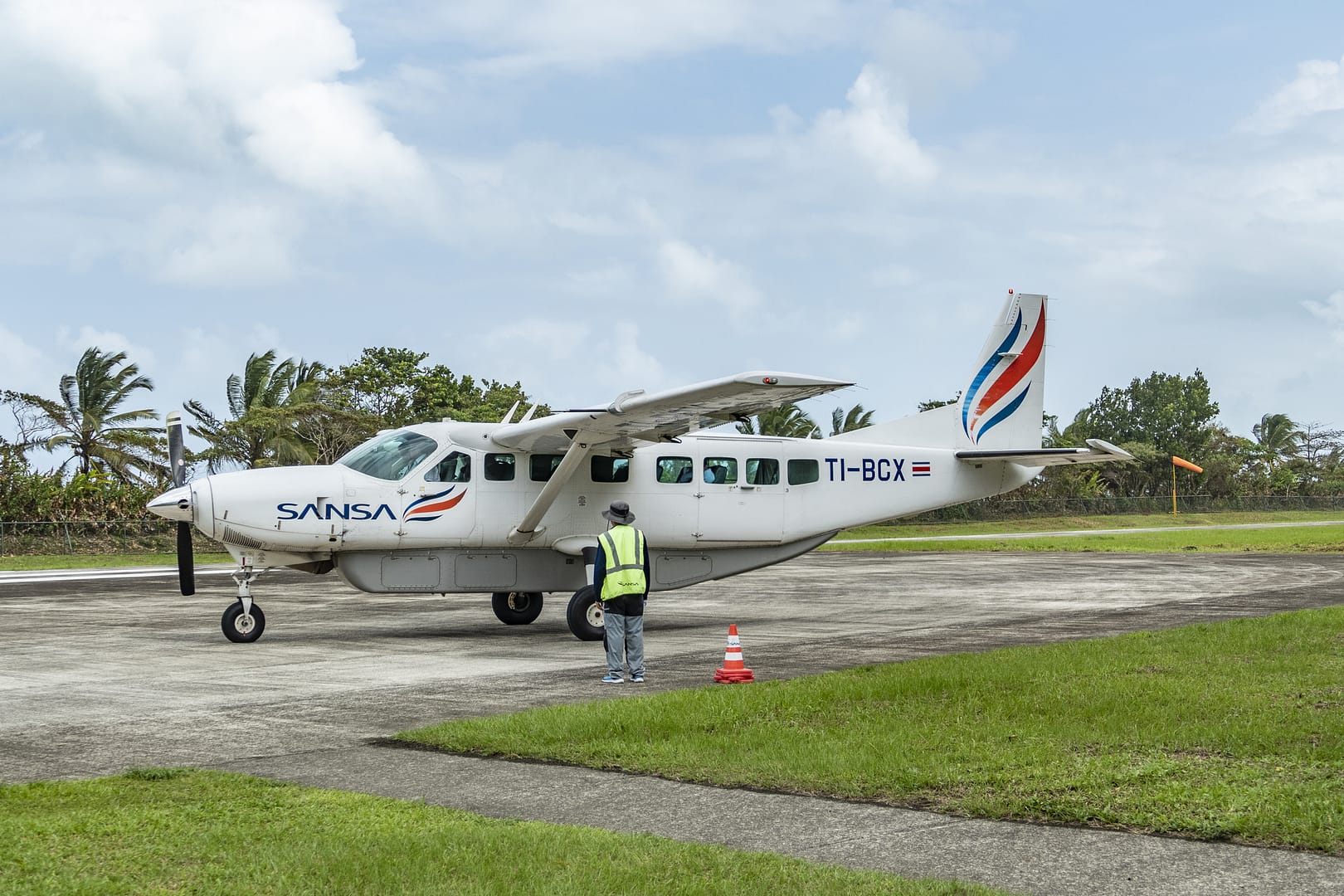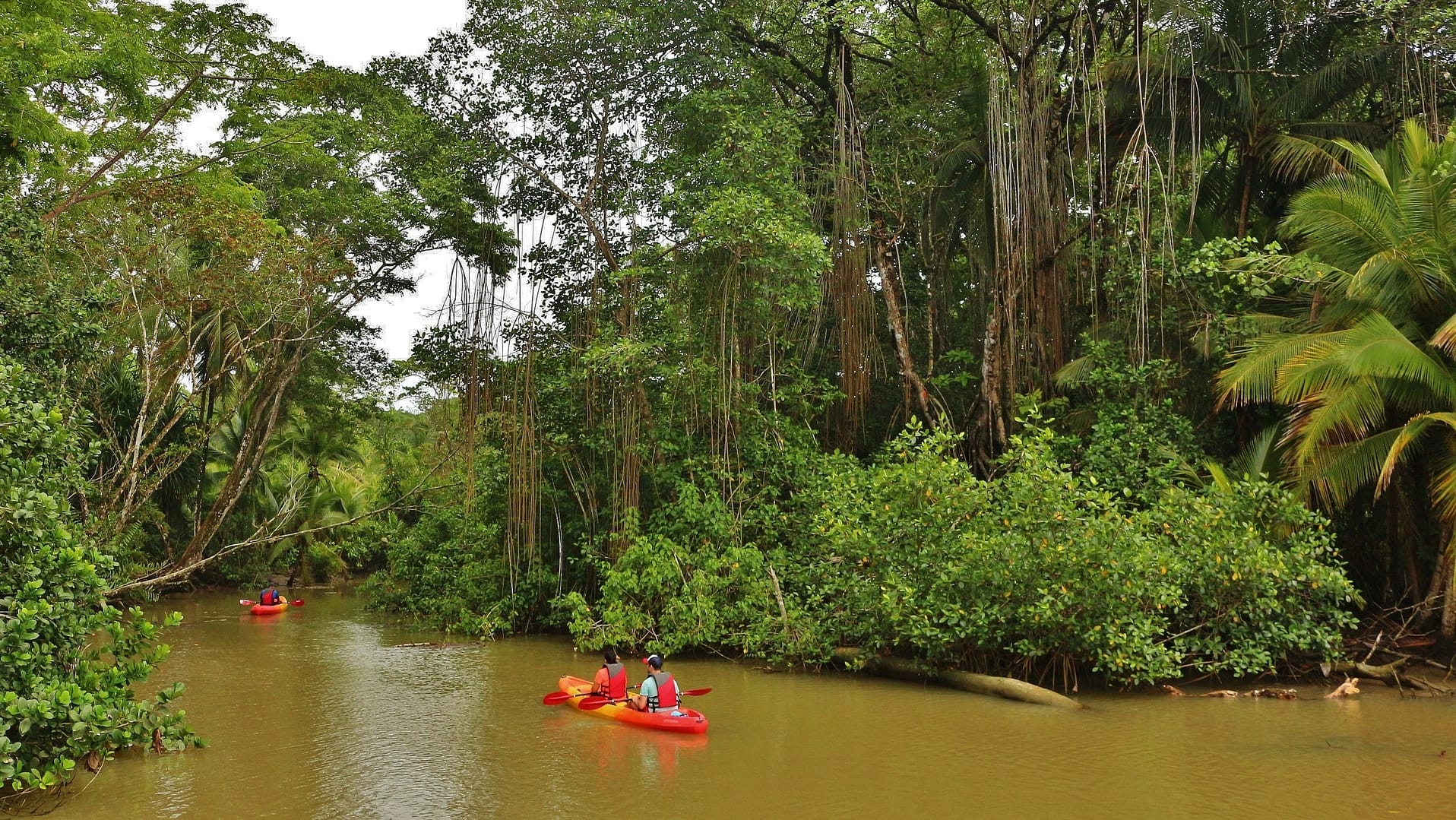Imagine exploring the lush landscapes of Costa Rica, discovering its rich biodiversity, and soaking up the sun on its pristine beaches – all without breaking your budget. It’s possible! You can navigate this beautiful country on a budget-friendly vacation with various transportation options at different prices. In this guide, we’ll share everything you need to know about traveling within Costa Rica and making the most of your trip while keeping costs low.
Costa Rica provides diverse transportation methods catering to different preferences and budgets. These include:
Each method has its unique advantages and disadvantages. Hence, a careful evaluation is needed before finalizing the most suitable transport for your trip.
From the cost-effective public buses to the convenience of rental cars, there’s a transportation method to suit any traveler’s needs. Whether you want to explore the bustling city of San Jose, relax on the beaches of Manuel Antonio, or venture into the remote regions of the Pacific and Caribbean coasts, we’ve got you covered with our comprehensive guide on navigating Costa Rica.
Traveling on a budget? Costa Rica’s public bus system is an affordable and well-established option. With routes covering popular tourist destinations and local transportation between towns, public buses allow you to experience the country’s beauty without spending a fortune.

Private companies own the buses in Costa Rica. So there is no single central network for bus routes. The condition of bus stops also varies. Some big companies have nice bus stops with benches and glass panels, while smaller companies may only have a sign on the side of the road. Spotting a bus station in larger cities like San Jose and Puerto Limón is easy. In small towns, it’s always best to ask a local or a bus driver if you find it difficult to spot one.
The condition of the base may vary based on which company runs the route. Ranging from no AC and musty seats to buses with AC and Wifi service.

If you are on a budget, travel via bus is cheap in Costa Rica. Most routes within cities are less than $1, while long-distance routes range from $10 to $20. You can’t beat these prices with other modes of transportation.
On most intercity bus routes, the fare is paid in cash while boarding the bus. Bus fares must be paid in local currency (Costa Rican Colones). Although USD is accepted, bus drivers are not handy with calculating exchange rates; there are no automatic machines to calculate the exact change either.

For long-route buses, tickets can be purchased online or from the bus terminal using a credit card, depending on the bus company. Researching your routes before heading out or asking a local for guidance is best.
Domestic flights are an excellent option to reach remote areas quickly and efficiently. Costa Rica’s two leading domestic airlines, Sansa and Nature Air, offer flights from international airports to various domestic destinations, such as the Osa Peninsula, Puerto Viejo, and Tortuguero National Park. Although flight prices can range from $50 to $300 one way per person, they often provide great deals on shorter routes.

Book domestic flights in advance to secure your seat and avoid disappointment, especially during the high season. Combining domestic flights with car rentals for a few days at your destination can be smart, allowing you to explore the area at your own pace.
Renting a car in Costa Rica offers the freedom and flexibility to explore the country on your terms. While car rental prices can be high, ranging from around $25 a day for a regular vehicle to $80 for an intermediate 4WD with full insurance, the convenience of getting around without sticking to bus or plane schedules may outweigh the costs.
Many international car rental companies like Avis and National operate in Costa Rica. Also, consider local car rental companies. They offer competitive rates and personalized service.
Be sure to book your rental car in advance, as availability can be limited and demand is high at car rental agencies. Additionally, it’s essential to:
The driving side is the same as in the US and Canada: the right side of the road. The legal driving age is 18; however, if you are under 25, you will most likely need to pay a surcharge to rent a car.
The road conditions may vary; however, generally, they are narrow and could be unpaved at times. There are freeways and high-speed lanes, but only for major highways. Internal roads could be bumpy, and not all roadsigns are appropriately marked.

Also, driving is different from back in the US or Canada. Locals drive aggressively here. For the most part, you will be fine driving if you are reasonably a good driver. But more than just following rules may be required; be careful and watch your surroundings.
It’s generally not advisable for tourists to drive at night. All mentioned above gets magnified at night. Use a local taxi service or public transportation at night to be safe.
If you’re looking for a convenient and comfortable way to travel between tourist destinations, consider shuttle services. These services offer shared and private options, with air-conditioned tourist vans and hotel pick-up/drop-off services to make your journey hassle-free.
While shared shuttles can be more expensive than public buses, ranging from $59 to $78 per adult, they offer faster travel times and greater convenience depending on the route. On the other hand, private shuttles cater exclusively to your group. They can be a more personalized option, albeit at a higher cost.

Taxi travel in Costa Rica offers a range of options, including official taxis, pirate taxis, and Uber. Each choice has unique advantages and drawbacks, and a careful evaluation is required before selecting the most suitable transport for your trip.
Understanding the differences between these taxi options and taking necessary precautions in Costa Rica is critical to ensuring safe and reliable transportation.
Costa Rica’s official taxis provide a safe and reliable option for travelers. They are easily identified by their red color, yellow triangle on the front side doors, and registration plate starting with a ‘T.’ The government regulates Official taxis, ensuring they meet safety standards and follow consistent fares. Ensure your driver turns on the meter before the ride for accurate fare.

When taking a taxi in Costa Rica, it’s crucial to verify that you’re using an official taxi and avoid pirate taxis for your safety and peace of mind. Official taxis come with insurance and are usually well-maintained, making them a secure choice for transportation.
Pirate taxis, or “taxis piratas,” are unlicensed and illegal taxis operating without proper authorization in Costa Rica. These are ordinary people with their cars who want to make a few bucks pretending to be a taxi service. While they may be cheaper than official taxis, they pose significant safety risks and are not recommended for travelers.
Pirate taxis are the only option in some remote parts of Costa Rica. If you must take a pirate taxi, negotiate the fare beforehand, not travel alone, and take a picture of the taxi just in case.
Uber is available in select urban areas and beach destinations in Costa Rica, offering a convenient and affordable alternative to traditional taxis. Uber has become a popular choice for both locals and visitors due to its lower costs and the convenience of paying through the app.
Currently, Uber services are available in three regions: San Jose, San Carlos and Liberia.



Download the app to use Uber in Costa Rica and check its availability in your city or region. Remember that Uber’s coverage may be limited in some tourist areas, so planning your transportation options is essential.
Costa Rica’s stunning Pacific and Caribbean coasts offer breathtaking scenery and unique water-based transportation options. Traveling by water can be an enjoyable and memorable way to reach coastal destinations and remote areas like Corcovado National Park that might be difficult to access by land.
Whether island hopping or exploring the South Pacific coast, ferries and boats can provide a scenic and relaxing mode of transportation. Let’s dive deeper into the water-based travel options available in Costa Rica.
Ferry services in Costa Rica connect central Pacific regions, such as Puntarenas, to the Nicoya Peninsula. With multiple daily departures, these services offer a convenient way to travel between coastal destinations while enjoying the picturesque ocean views.
The ferry ride from Puntarenas to the Nicoya Peninsula takes around 70 minutes. It offers a fun atmosphere with ice cream, beer, and music. Check the ferry schedule and plan your journey to ensure a smooth trip.
Small boats and water taxis provide transportation between coastal destinations in Costa Rica, often shared with other travelers. They can be a convenient way to access remote destinations and enjoy the country’s stunning coastline from a different perspective.

Boat and water taxi services can vary in price, comfort, and duration. Here are some things to consider:
For a more adventurous and unique travel experience, consider exploring Costa Rica using alternative modes of transport. From the quirky tuk-tuks in beach towns to off-road adventures on ATVs, these transportation options can offer a refreshing pace and a more immersive way to explore Costa Rica and discover the country’s diverse landscapes.
Whether you’re looking to navigate the bustling streets of San José or traverse the sandy shores of Santa Teresa, there’s a public transportation method to suit your needs and preferences.

Tuk-tuks, also known as auto-rickshaws, can be found in some beach towns in Costa Rica, offering a fun and local mode of transportation. These three-wheeled vehicles can typically fit up to six passengers and provide a unique way to explore the area.

A 15-minute tuk-tuk ride in Costa Rica usually costs around $5, making it an affordable option for short journeys within beach towns. Remember that tuk-tuks may only be suitable for short distances or rough terrain. Still, they can add an exciting element to your Costa Rican adventure.
ATVs (all-terrain vehicles) are prevalent in beach towns along the Pacific coast, such as Tamarindo and Santa Teresa, providing an adventurous way to explore the area. Whether you’re visiting local attractions, restaurants, or beaches, ATVs can offer a thrilling mode of transportation that’s fun and practical.
However, the environmental impact of ATVs should be considered, as they can contribute to carbon emissions, noise pollution, and potential harm to vegetation. When using ATVs in Costa Rica, stick to designated trails and roads and avoid driving off-road to minimize your footprint.
For an active and enjoyable way to explore Costa Rica’s landscapes and waters, consider renting bikes and watersport equipment, such as kayaks and paddleboards. Biking through beach towns or alongside scenic trails offers a budget-friendly way to take in the country’s beauty at your own pace.
In addition to biking, renting watersport gear like kayaks, paddleboards, and snorkeling equipment allows you to immerse yourself in Costa Rica’s stunning marine environments. Remember to follow safety guidelines and rent from reliable providers to ensure a smooth and enjoyable experience.

A well-planned travel route, safety measures, and integration of various transportation methods are key elements to maximize your trip to Costa Rica. Whether you’re navigating the bustling streets of San Jose or exploring the remote regions of the Pacific and Caribbean coasts, these tips will help you get around Costa Rica safely and efficiently.
Pre-research and planning of your travel routes and schedules significantly contribute to a successful trip in Costa Rica. This enables you to determine the most efficient routes to popular tourist destinations and avoid potential delays or unexpected issues.
By planning your routes and schedules ahead of time, you can ensure a smooth and stress-free travel experience.
Adopting necessary safety precautions during various transportation modes in Costa Rica is essential for a worry-free journey. Verify that you’re using official taxis, avoid pirate taxis, and follow safety guidelines when renting bikes or watersport equipment.
Be aware of potential scams and dishonest practices, such as broken taxi meters, incorrect currency exchange, or overcharging.
Watch your belongings while traveling, especially when using public transportation. Place your luggage where you can watch it or keep it.
Combining various transportation methods can enhance your travel experience and enable you to better explore Costa Rica’s diverse landscapes. For example:
By using a mix of transportation options, you’ll be able to explore a variety of regions with more flexibility and get a well-rounded view of the country’s culture and natural beauty. Plus, you may discover new and exciting ways to experience Costa Rica that you might not have considered otherwise.
In conclusion, Costa Rica offers a variety of transportation options to suit different preferences, budgets, and travel goals. You can discover Costa Rica’s breathtaking beauty without breaking the bank, from public buses and domestic flights to unique alternatives like tuk-tuks and ATVs. Planning your routes, ensuring your safety, and combining different transportation methods will create a smooth and enjoyable travel experience that will leave you with unforgettable memories of this incredible country.
Get notified about new travel tips and hacks